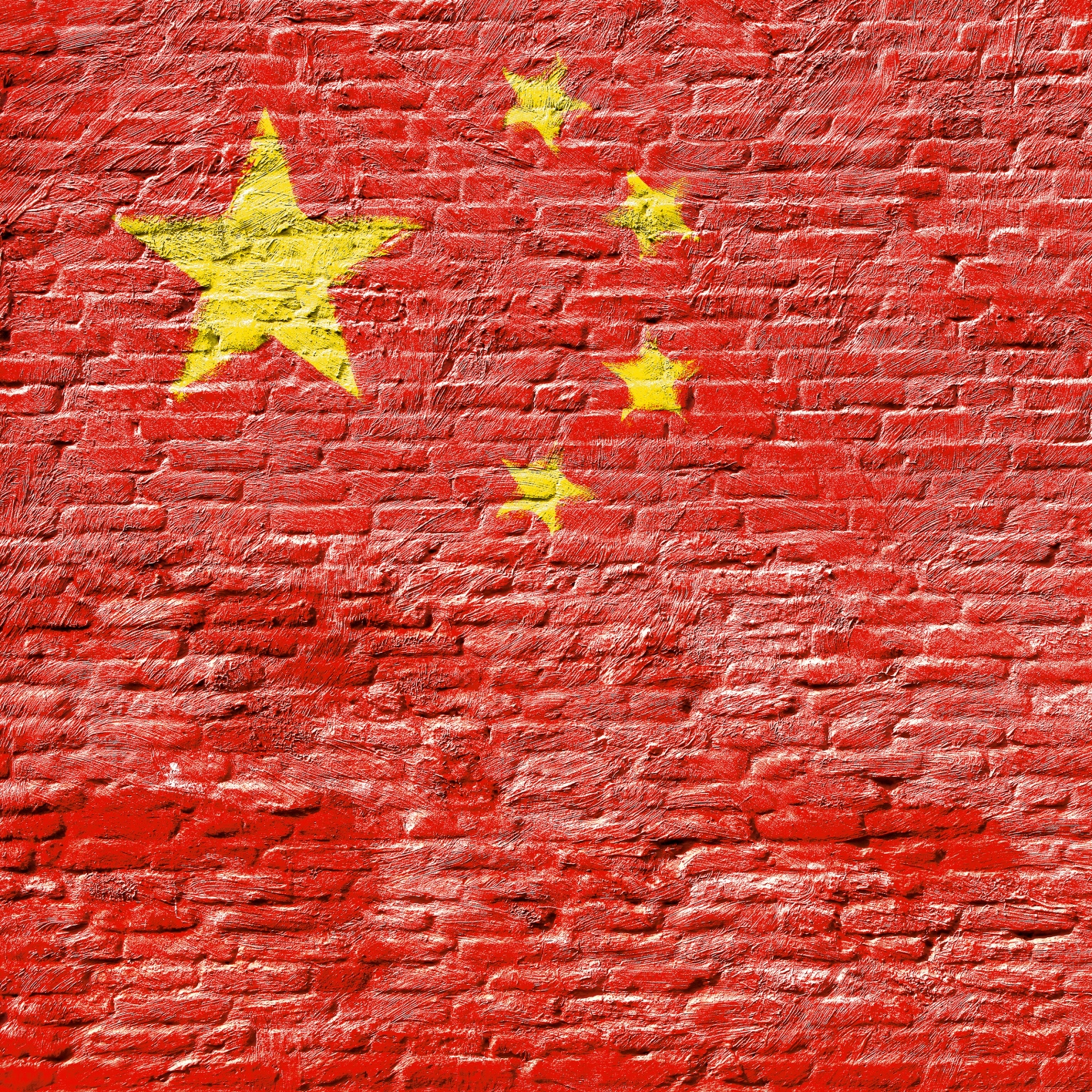Economy
China Consumer Spending to Reach $6.4 Trillion in 2025

Published:
Last Updated:

China’s consumer economy will reach $6.4 trillion within a decade, according to a report from the Demand Institute. The portion of gross domestic product (GDP) this will represent is still well below that of the United States, which begs the question whether its portion of GDP contribution can keep the overall economy in the People’s Republic growing at current rates.
According to the research, consumer spending will rise at a rate of 5.2% per year until it reaches $6.4 trillion, with per capita consumption rising by two-thirds. However, because of the role of the Chinese government in overall national spending, any shift in policy could drive the growth rate slower.
China’s growth in consumer spending as a portion of the economy is hardly a sure thing. The report points out:
How long that transition might take, however, is far from clear. Consumption as a share of real GDP has fallen for more than five decades, from 76% in 1952 to 28% in 2011. It is one of the lowest
figures in all markets.In comparison, consumption as a share of GDP stands at 76% in the United States, the highest level among mature markets, and 52% in India, a level typical in emerging markets.
ALSO READ: The Richest and Poorest Countries
There are cultural challenges as well:
The hurdles to consumer-led growth in China are not purely economic. Companies in many industries will need to work hard to communicate the benefits of their goods and services in order to build demand and loyalty. For example, growth in insurance products will require significant consumer education, as history demonstrates that consumers are slow to adopt insurance as a means of protecting assets. Educating consumers will be particularly important in an era when consumers’ brand preferences are still shifting rapidly.
In other words, the pattern of consumption is nothing like that in the United States. And Chinese consumers will need habits closer to those in the United States for consumer growth to drive GDP.
There are other factors that could derail growth that are not a part of the Demand Institute analysis. One is a slowing of factory activity, and the industrial economy has created a huge number of middle-class jobs. Another is the rising rate of air and water pollution. Should the government decide it has to throttle industrial activity to reverse this, or at least hold it in check, GDP growth could be undermined. Given the number of years that air pollution shaves off people’s lives in large cities, such measures are hardly a long shot.
That $6.4 trillion may seem like a lot but, based on current consumer patterns in China, reaching that level will be a stretch.
ALSO READ: 4 Safe Dividend Stocks to Own as Terrorism Escalates Volatility
Retirement can be daunting, but it doesn’t need to be.
Imagine having an expert in your corner to help you with your financial goals. Someone to help you determine if you’re ahead, behind, or right on track. With SmartAsset, that’s not just a dream—it’s reality. This free tool connects you with pre-screened financial advisors who work in your best interests. It’s quick, it’s easy, so take the leap today and start planning smarter!
Don’t waste another minute; get started right here and help your retirement dreams become a retirement reality.
Thank you for reading! Have some feedback for us?
Contact the 24/7 Wall St. editorial team.